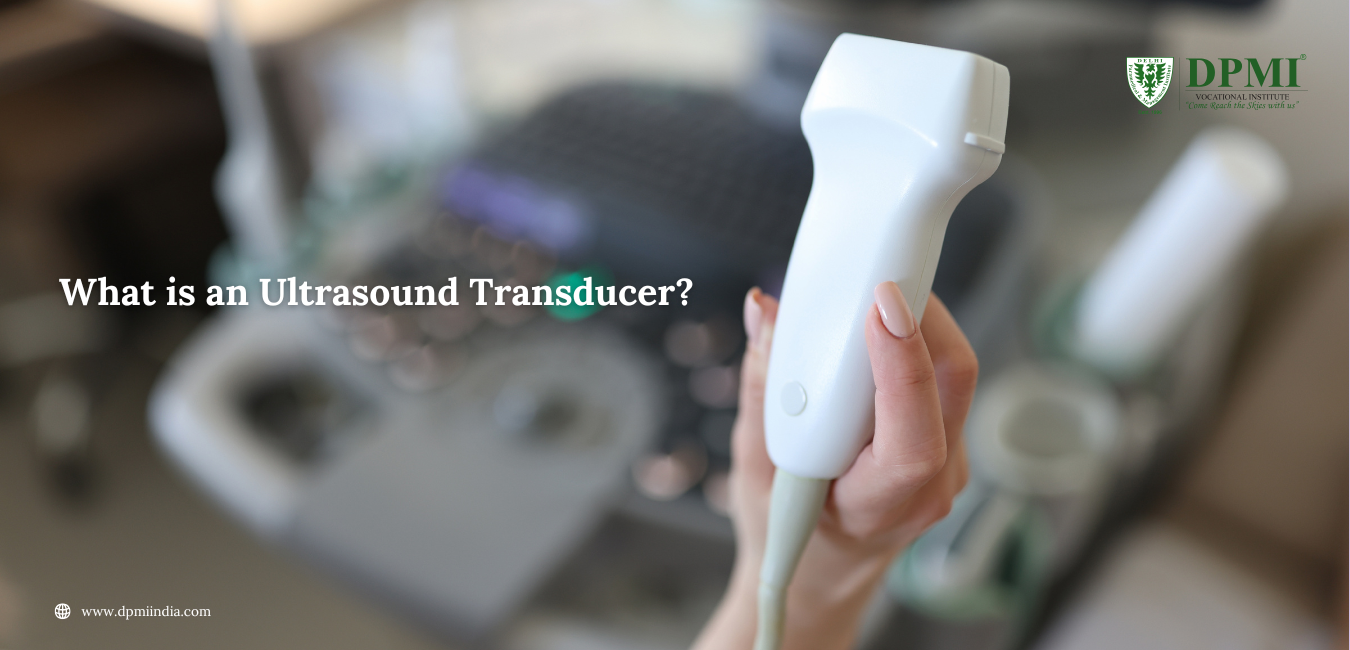October 09, 2025

Ultrasound technology might seem like magic, but at its heart lies a tiny device called the transducer. This little gadget plays a big role in creating images of our bodies without using harmful radiation.
What is an Ultrasound Transducer?
An ultrasound transducer is a handheld device that doctors use during an ultrasound scan. It sends out high-frequency sound waves and then listens for the echoes that bounce back from tissues and organs inside the body. By processing these echoes, the machine creates a live image, helping healthcare providers see what’s happening beneath the skin.
How Does It Work?
The magic behind the transducer is a property known as the piezoelectric effect. Here’s a simple breakdown of the process:
Sending Out Sound Waves:
Inside the transducer, there are special crystals that vibrate when electricity passes through them. These vibrations produce high-frequency sound waves that travel into the body.
Echoes Return:
When the sound waves hit different tissues, some of the waves bounce back to the transducer. Different tissues reflect sound waves in unique ways, which is why doctors can tell a muscle apart from a bone or a fetus from surrounding tissues.
Creating the Image:
The transducer detects these returning sound waves and sends the information to the ultrasound machine. The machine then uses this data to construct a live image on the screen. This image can show real-time movement, like a beating heart or a growing baby.
Types of Ultrasound Transducers
Ultrasound transducers come in several types, each designed for specific purposes:
Linear Transducers:
These produce a rectangular image and are often used for examining superficial structures such as muscles, tendons, and blood vessels.
Convex Transducers:
Also known as curved array transducers, these have a curved surface that produces a wider field of view. They are ideal for abdominal scans, allowing doctors to see organs like the liver, kidneys, and bladder.
Phased Array Transducers:
These are smaller and can send sound waves in different directions. They are particularly useful in cardiac imaging, where the small size helps navigate between the ribs to capture clear images of the heart.
Each type is chosen based on the part of the body being examined and the type of image needed.
Why Are Transducers So Important?
The ultrasound transducer is the key to non-invasive imaging. Here’s why it matters:
Safety:
Unlike X-rays, ultrasound does not use ionizing radiation, making it a safe option for routine scans, especially for pregnant women and children.
Real-Time Imaging:
Ultrasound transducers can provide live images, allowing doctors to observe functions in real-time. This is especially useful during procedures such as guiding needles for biopsies or monitoring a baby’s heartbeat during pregnancy.
Versatility:
Because different transducers can be used for different parts of the body, ultrasound is a versatile tool in the hands of a skilled operator. It is used in many fields of medicine, including obstetrics, cardiology, and emergency care.
Cost-Effective and Portable:
Ultrasound machines are generally more affordable and portable compared to other imaging devices like MRI or CT scanners. This means they can be used in a variety of settings, from large hospitals to remote clinics.
The Future of Ultrasound Technology
Advancements in ultrasound technology continue to improve the quality of transducers. Newer models offer higher resolution images and can even provide 3D views of the inside of the body. With ongoing research and development, the future may bring even more innovative features that could further enhance diagnosis and treatment.
Simple Summary
Ultrasound transducers send and receive sound waves to create images of the inside of the body.
How they work: They use the piezoelectric effect to convert electrical energy into sound waves and then back into electrical signals after the echoes return.
Different types of transducers (linear, convex, phased array) are used based on the specific part of the body being examined.
Benefits: Ultrasound is safe, provides real-time images, and is versatile and cost-effective.
Looking ahead
Innovations in transducer technology promise even better imaging and broader medical applications.
Understanding the basics of how ultrasound transducers work can help demystify this incredible technology. Next time you or a loved one undergoes an ultrasound scan, you’ll know a bit more about the science behind the images that help doctors make important medical decisions.
Ultrasound transducers may be small, but they make a huge impact in modern medicine by helping us see inside the body without any discomfort or risk.

















